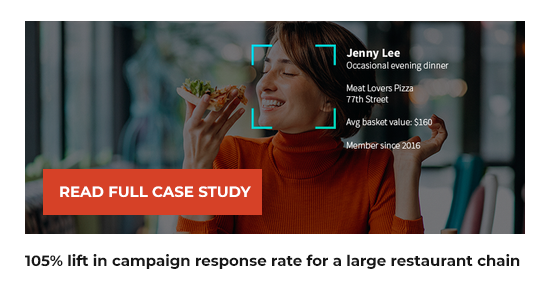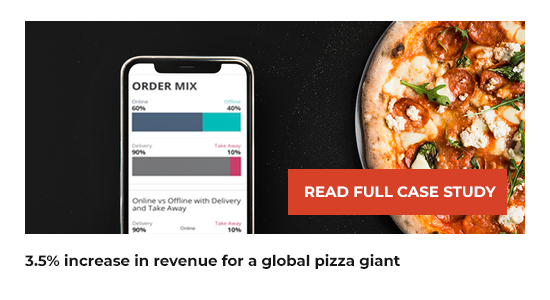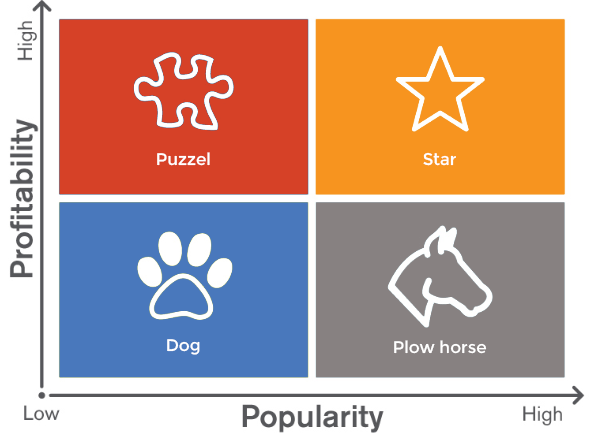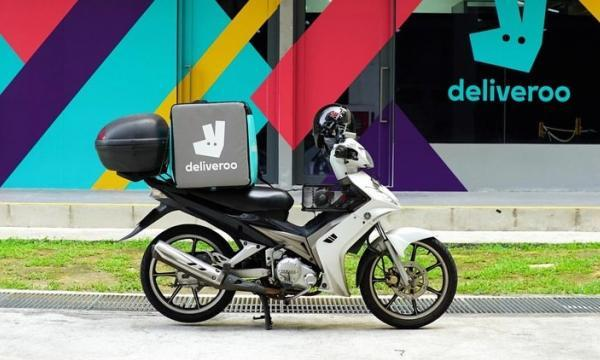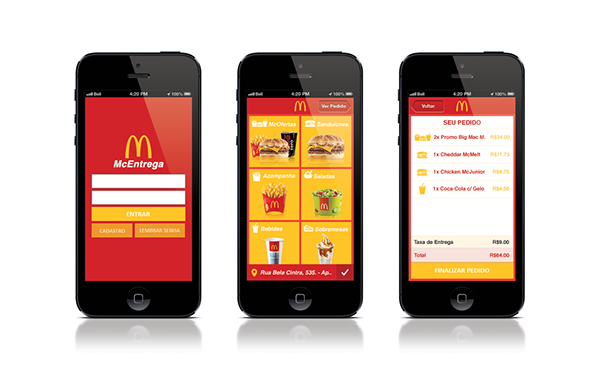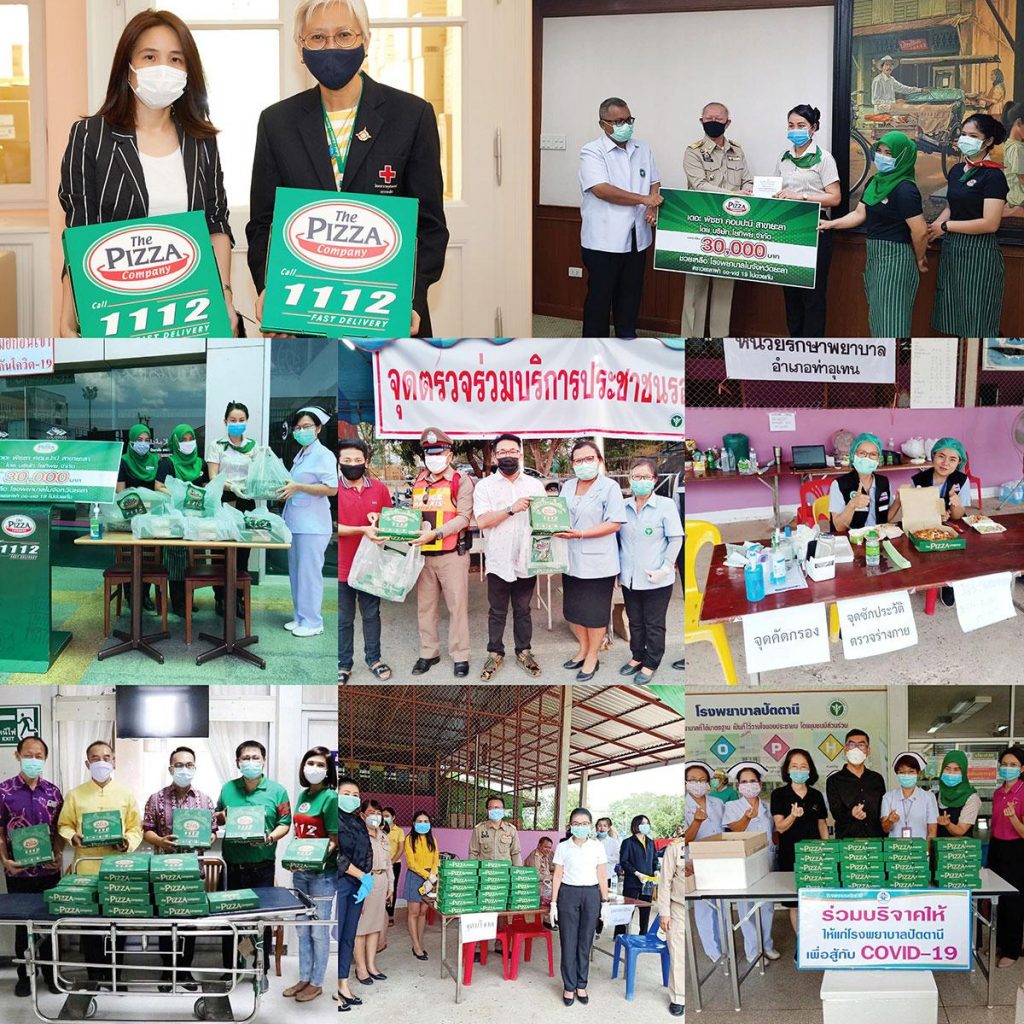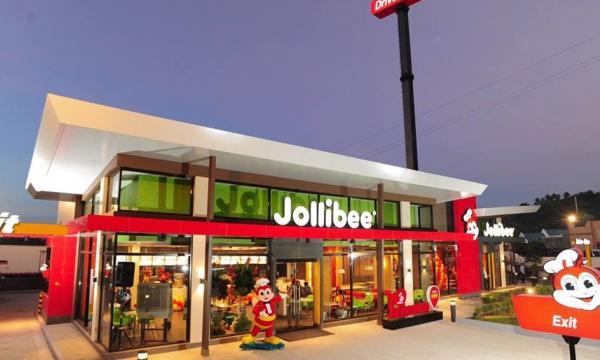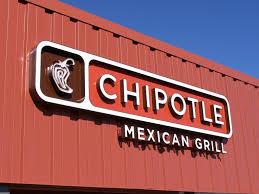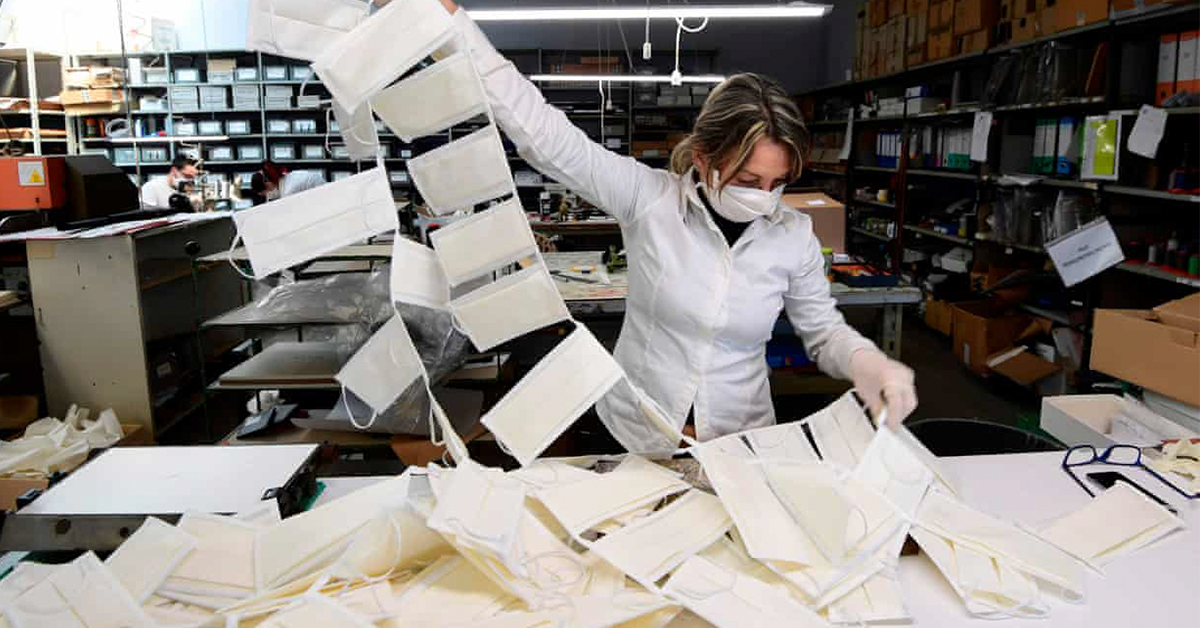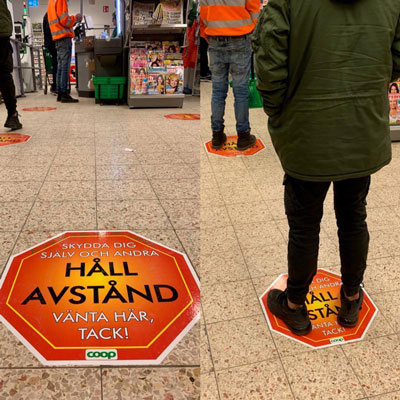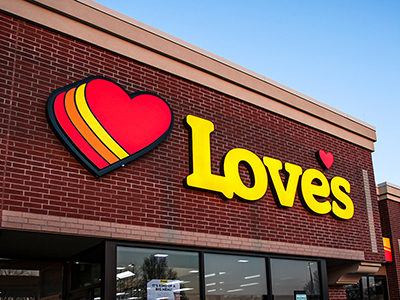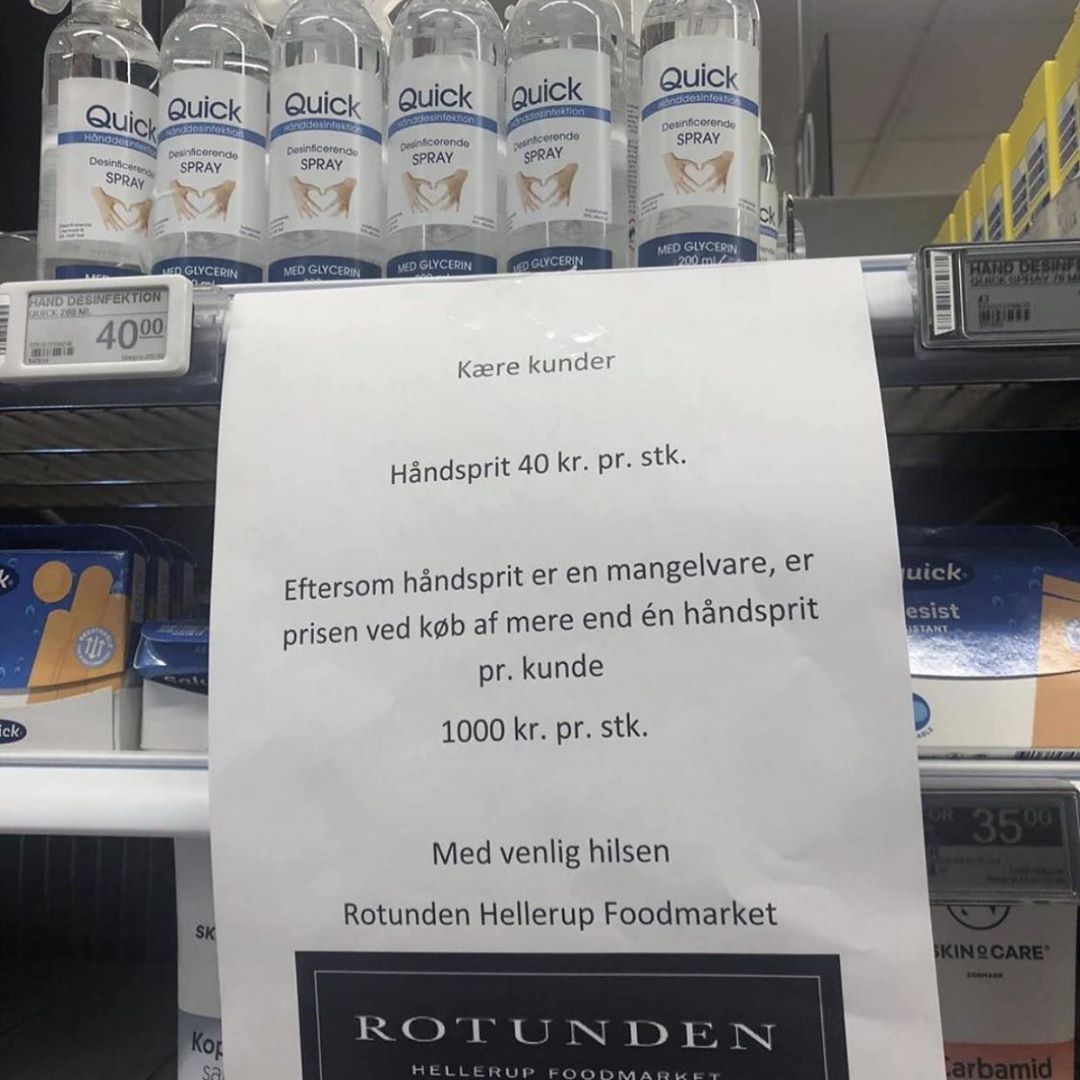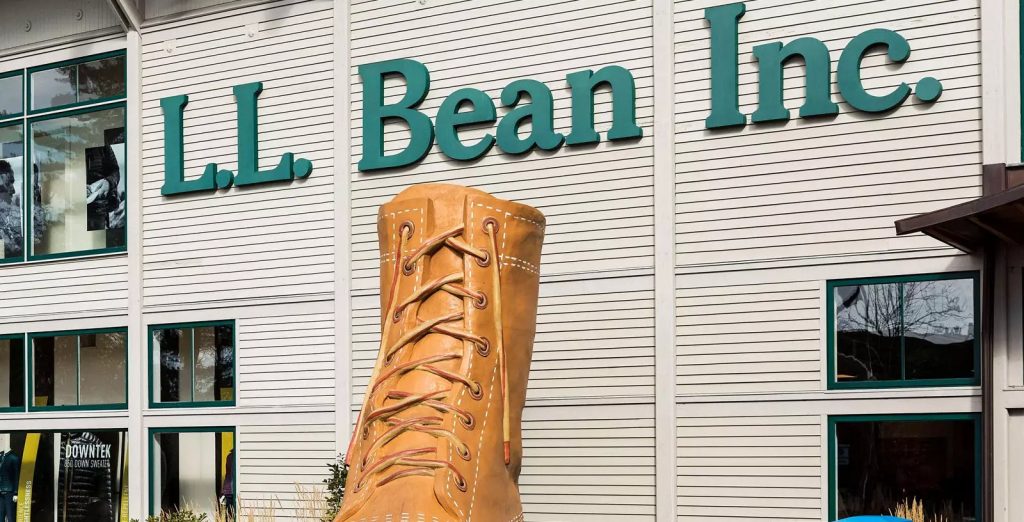Across the world, we are seeing the issues in a fragile supply chain being exposed, specifically in Grocery & Pharmacy segments as they fall into the essential category and seek faster replenishments.
Today’s crisis scenario has resulted in 40% of retailer members of the National Retail Federation to say that they are experiencing supply chain disruptions due to the coronavirus, with an additional 26% expecting to experience disruptions.
The Lean Supply Chain is Now Anorexic
Grocery retailers have in the past few decades, made their supply chains lean, in a model similar to the automobile industry. As a result, grocery retailers have been minimizing inventory, and delivering “just-in-time” products to shelves, as soon as a product is purchased.
The advantages of adopting this were lower inventory carrying costs, minimal product handling and the need for less storage space. But the downside, being experienced by the world today is that unforeseen surges leave stores in a quandary as inventory is not readily available.
Is Technology the Cure?
Supply chain resilience requires retailers to invest in technologies that offer greater clarity into understanding what goes on within the supply chain. Additionally, retailers such as grocers or pharmacy need to have contingency plans to anticipate shortages created by demand surges or supply disruptions.
Today’s supply chain challenges are multiple according to a Digital Commerce 360 survey of over 300 retailers in mid-March. Supply chain communication topped the list (48%) of actions they’re taking as a result of the coronavirus. Others are contingency planning (34%), hoping to minimize disruptions (32%), monitoring the coronavirus situation in China (23%) and working with their partners to mitigate supply chain risks (22%).
More recently many of the larger retailers have been investing more in supply chain technology in order to reduce forecasting errors, track assets accurately and improve order accuracy.
A report by GEODIS found that only 6% of companies surveyed worldwide had achieved full visibility into the companies that make up the sub-tiers of their supply chain. The complexity we have today makes mapping simultaneously more costly and time-consuming, though it is increasing its importance and beneficial insights.
Let’s look at some of the ways, technology is helping retailers overcome the supply chain gaps during the COVID-19 crisis.
Advanced Collaboration Platforms
Better collaboration with vendors through connected systems can lead to an overall improvement in supply chain resilience. Supply chain collaboration platforms can make it easy to reduce the time spent shipping, receiving, tracking, and compiling order data. When combined with collaborative features and analytics, retailers will find it easier to optimize supply chain efficiencies while mitigating risks.
Integrated Portals for Real-time Information
Real-time data is helping retailers manage their supply chain decisions and be able to focus on the movement of essentials. A survey conducted by the Retail Systems Research in March 2020 amongst qualified retail respondents showcases that 76% of retail winners believe that real-time visibility remains an underlying driver of supply chain performance.
Real-time information can be shared by integrating suppliers on a web-based portal. By using a platform to offer end-to-end visibility, all the stakeholders in the supply chain can have the visibility of on-hand inventory and of changes in product demand.
Expand Supplier Networks Faster
To be able to handle the shortage situation, retailers today have been seeking out more suppliers. But traditionally on-boarding new suppliers and products is a time-consuming process.
Increased global disruption often demands faster decision making. To solve this issue, technology can help create centralized, web-enabled repositories of suppliers, which retailers can access. Suppliers who are up and running can list their catalogues, allowing retailers to locate and identify which suppliers they can work with faster.
The Retail Systems Research reports that the top opportunity for retail success is to improve their forecasting capabilities, along with improving compliance from suppliers. Intelligent search tools and regulatory compliance can be pre-checked when the supplier lists themselves, saving tremendous time and duplication of effort by every retailer the supplier connects with.
Replenishment Automation
A report by McKinsey predicts that automation could accelerate the productivity of the global economy by between 0.8% and 1.4% of global GDP annually. In other words, supply chain automation is both cost-effective and leads to higher profitability.
Enabling integrated systems can offer retailers the ability to assess and automate which key supply chain processes can be automated. With the right supply chain solution, retailers can enable a seamless operation, which then helps automate activities such as inventory replenishment.
CONCLUSION
The World Trade Organization expects that global trading will fall by between 13% and 32% during 2020, and almost all regions will experience double-digit declines in trade volumes this year due to the pandemic.
The ability to adapt responsively to this reverberating disruption in the supply chain operations will truly separate the winners from the losers during the COVID-19 crisis. Whether grocers and pharmacy companies use this crisis as a wake-up call, remains to be seen.






